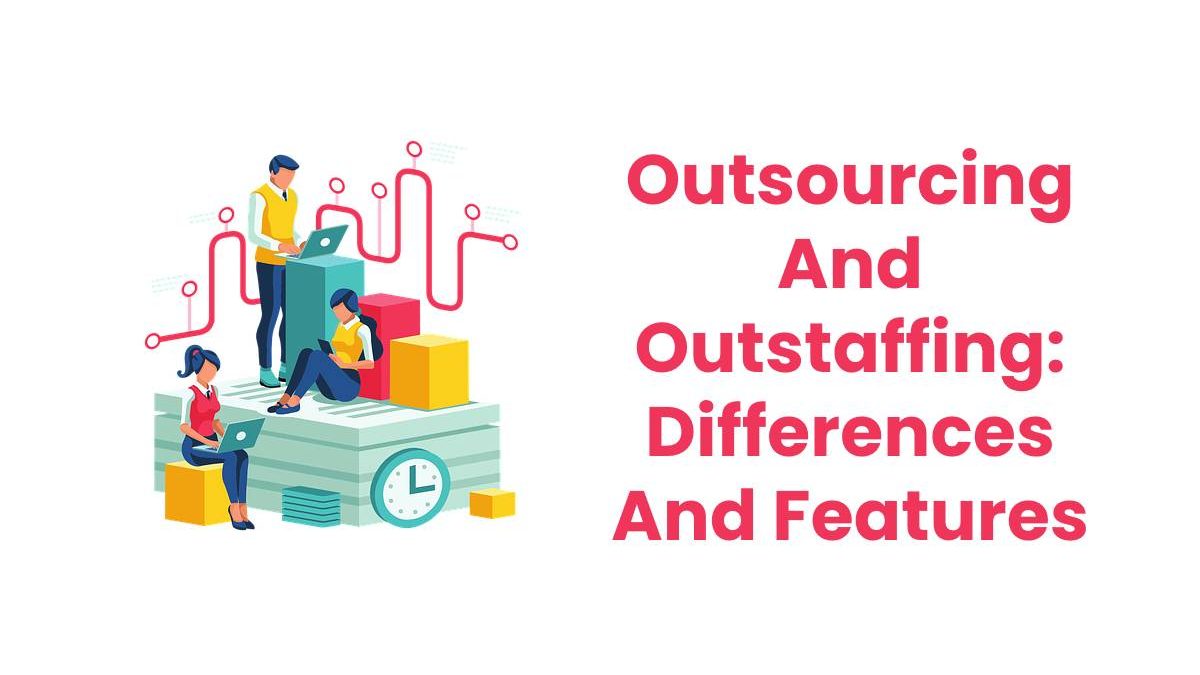Many business owners do not see a significant difference between the outsourcing format and IT outstaffing. While there are functional differences between them, both in the context of the organization and in terms of personnel management. At the present time, outstaffing has not won such favor as outsourcing in the market of the CIS countries. This is due to business needs and legal subtleties.
Table of Contents
Characteristics of the outsourcing format as a recruitment model
In professional terms, outsourcing involves the provision of turnkey services.
In the process of cooperation, the customer can control the work of the team, require interim reporting and check the progress of work. Depending on the terms of the contract, the external team performs the project in its entirety and is responsible for the final result, or works on a part of the project with limited liability.
At the same time, it should be noted that both a contractor with a staff of employees and an individual contractor registered as a private entrepreneur can act as a partner.
Advantages and disadvantages of outsourcing
Like any business optimization tool, outsourcing has certain advantages and disadvantages. The choice of using this format of cooperation is based on economic interest in a particular situation. At the same time, the advantages of an outsourcing team are possible only with the competent selection of a contractor with relevant experience and qualifications. In some cases, it is better to contact the experienced VUE JS development company.
Despite the presence of negative aspects, outsourcing has proven itself well when scaling a business, when it is critical for the owner to relieve management staff and gain time for the right people. For example, accounting services can easily be entrusted to an external team or contractor, involving an employee at the time of an increase in needs or for a reporting period. Also, a company can outsource a more experienced team for the implementation of an IT project, where it is important to attract personnel with appropriate qualifications.
Characteristics of the outstaff model
Unlike the outsourcing format, outstaffing involves hiring employees under the continued control of the customer’s full-time managers. Maintaining the manual adds confidence in control and at the same time is a constraint, since in this model the responsibility for the quality of the final result remains with the customer.
The main feature of this form of hiring employees is that the customer acquires the labor of an employee with whom labor relations have not been officially established. That is, contracts and other permits are concluded with the contractor company, on behalf of which the employee acts.
The obvious negative point of this model is that the employee has low involvement in the project and is not interested in empathizing with the quality of the final result. This negatively affects the overall performance.
Differences between outsourcing and outstaffing
Despite the general basis in terms of purpose and functions, outsourcing differs fundamentally from the outstaff format in a number of provisions: organizational, functional and legal. First of all, this concerns the order of subordination of the employee.
In the outsourcing format, the customer has minimal impact on the work of the team, because the final result remains within the competence of the contractor, and the result of the work is verified in accordance with the prescribed requirements in the contract. While with the outstaff model, the employee is subordinate to the customer’s management and is responsible only for the assigned area of work, and not for the success of the project as a whole. The responsibility factor is key and largely determines the success of a project, especially when scaling a business or launching an IT startup.

